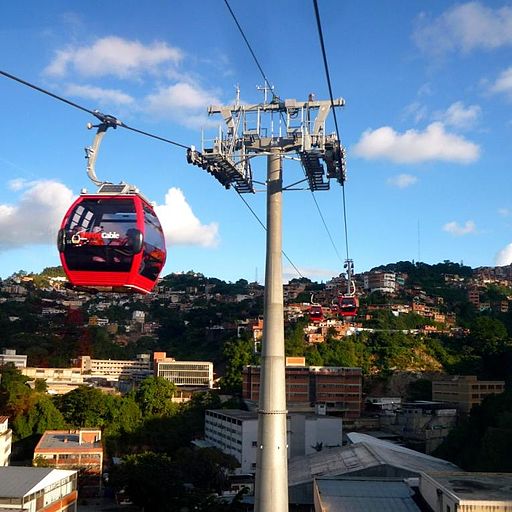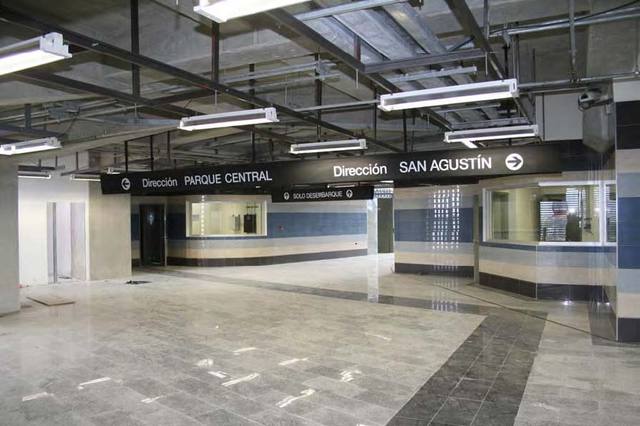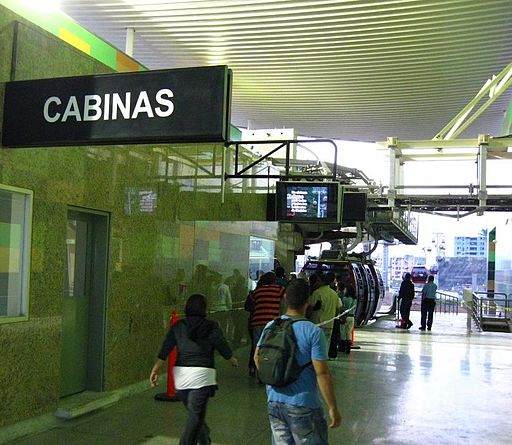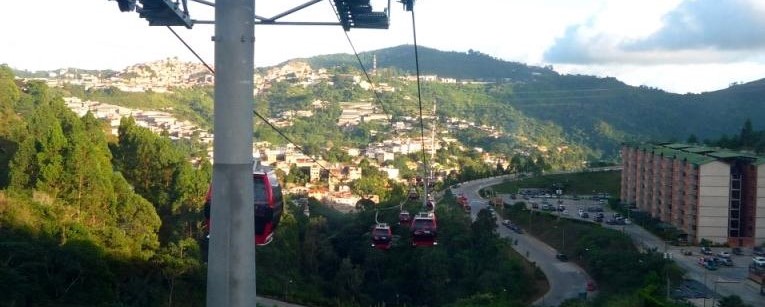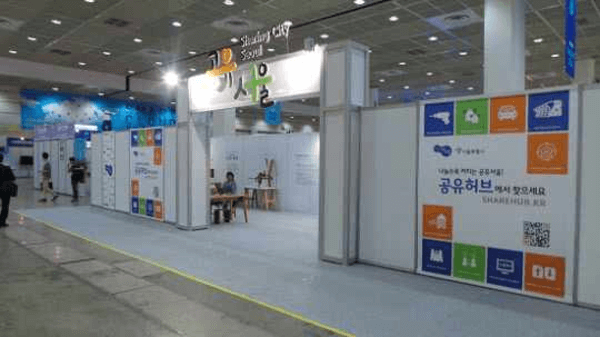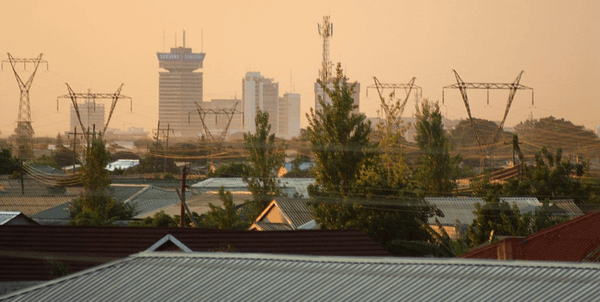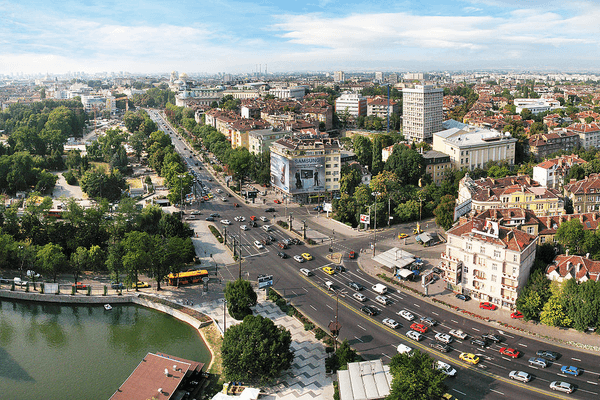City
Caracas
Main actors
City Government, National Government, Private Sector, Public Utility
Project area
Neighborhood or district
Duration
2007 - 2010
The Caracas Metrocable re-connects a poor hillside neighbourhood with the city focusing on social infrastructure and community development.
Inspired by the Metrocable experience in Medellín (Colombia), the new Caracas Metrocable, located in the informal barrio (neighbourhood) of San Agustin, responds to both transportation and socio-economic issues. Residents now have access to the city’s existing public transport system, facilitating their commute around the city. The project also includes community facilities in each of the five stations, turning the Metrocable into an "infrastructure for social change".
The company Urban Think Tank, founded by the two architects of the project Brillembourg and Klumpner, employed in their preparatory work a bottom-up approach, consulting community volunteers and working with the neighborhood to best respond to local residents’ needs. The particular location of the barrio, on a hill and the densely constructed settlements, made the Metrocable the best-suited transport solution for urban integration and social acceptance.
Constructed between 2007 and 2010, the new Metrocable reduced cost and time of transport for offering residents new physical as well as social mobility perspectives outside of the barrio. The project further saw a reduction in violence due to the gondolas acting as an "eye on the city". Nevertheless, not all of the initially planned community facilities were installed as of 2010, thereby reducing the social benefits of the infrastructure.
External links / documents
On Map
The Map will be displayed after accepting cookie policy

